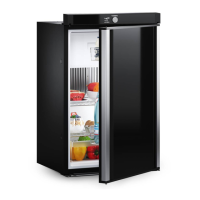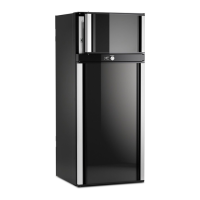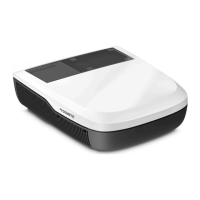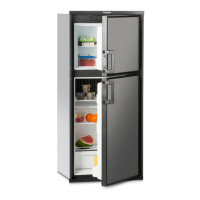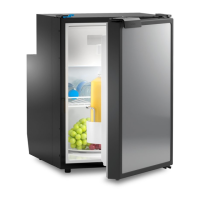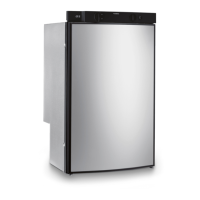Installing the refrigerator RM53xx
12
• The outer wall must be fitted with an air inlet vent (fig. 3 2, page 11) and an out-
let vent (fig. 3 3, page 11) with ventilation grilles so that the heat generated can
be easily released to the outside:
– Air inlet vent: Fit the ventilation grille as flush as possible underneath the
burner lid (fig. 3 1, page 11) with a minimum cross-section of 250 cm
2
.
– Outlet vent: fit above the refrigerator as far as possible. A ventilation grille
with integrated flue duct can also be used here.
• If the ventilation grille of the air inlet vent cannot be installed flush to the ground,
an additional inlet vent (fig. 3 5, page 11) must be provided in the floor for
releasing leaked gas.
• For the RM5380 and RM5385 refrigerators, an air inlet vent (fig. 3 5, page 11)
must always be installed in the floor.
• The air vents must not be covered by vehicle parts (such as an open door or by
installing accessories such as bicycle racks) while operating.
• There must be sufficient space at the back of the refrigerator for the air to be able
to circulate around the cooling element.
• Fit a heat conduction plate (fig. 3 4, page 11) above the refrigerator so that the
heat does not accumulate in the vehicle.
• Install the refrigerator so that it is protected from excessive heat, as this leads to
poor performance and increases the power consumption of the refrigerator.
• The electrical installation must comply with national and local regulations.
European standards: EN 60335-1, EN 60335-2-24, EN 1648-1 and EN 1648-2.
• The gas installation must comply with national and local regulations.
European standard: EN 1949.
• The refrigerator must be installed in a draught-proof location in accordance with
EN 1949, see chapter “Installing the refrigerator in a draught-proof location” on
page 13.
RM53xx-I-AU.book Seite 12 Donnerstag, 7. Dezember 2017 10:36 10
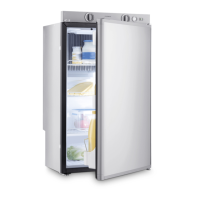
